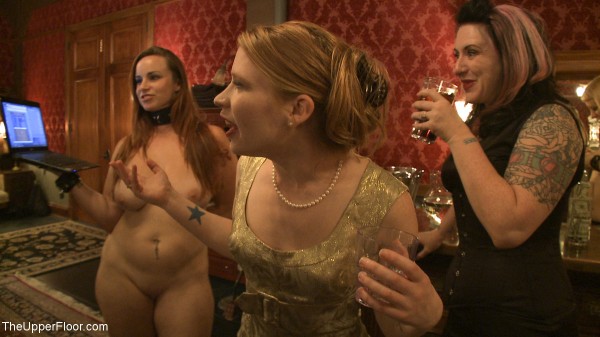
WEIGHT: 52 kg
Breast: 2
1 HOUR:80$
Overnight: +90$
Sex services: Disabled Clients, Gangbang / Orgy, Oral Without (at discretion), Games, Foot Worship
Leather subculture denotes practices and styles of dress organized around sexual activities that involve leather garments, such as leather jackets , vests , boots , chaps , harnesses , or other items.
Wearing leather garments is one way that participants in this culture self-consciously distinguish themselves from mainstream sexual cultures. Many participants associate leather culture with BDSM practices and its many subcultures. The emergence of gay leather as a coherent subculture can be traced back to the second half of the s and the s in major cities of the US.

Later, it also developed in other urban centers in most industrialized capitalist countries. Although there is some evidence of BDSM activities among gay men before the Second World War , this "pre-leather" scene has not been extensively researched. Due to pathologization and criminal prosecution of homosexuality and kinkiness in many parts of the world, many practitioners were extremely cautious and secretive about their activities. As a result, only few sources have survived. The same is true for the early days of the leather scene after World War II.
One exception is Samuel Steward — who lived in the US and extensively documented his kinky sexual encounters with other men. The formative period of gay leather subculture took place in the s and s. In Los Angeles, the gay leather scene developed from a broader biker-leather culture. Protective motorcycle clothing at this time was made of tough leather, usually cowhide or horsehide. Biker culture reflected a disaffection with the mainstream culture of post-World War II America, a disaffection whose notoriety — and therefore appeal — expanded after the sensationalized news coverage of the Hollister "riot" of The film The Wild One , starring Marlon Brando wearing jeans, a T-shirt, a leather jacket, and cloth biker cap that later inspired leather bike caps, played on pop-cultural fascination with the Hollister "riot" and promoted an image of masculine independence that resonated with some men who were dissatisfied with mainstream culture.

Although the film didn't create the symbolics of leather, it helped to standardize the masculine leather aesthetic and provided it with nationwide exposure. These varied widely between regions, causing much debate today over which traditions are the original or true traditions, or whether the "romanticized versions of leather history" ever existed at all. New York City, which was a hub for queer life at the time, had a small community of gay BDSM practitioners that was already established in the s.




































